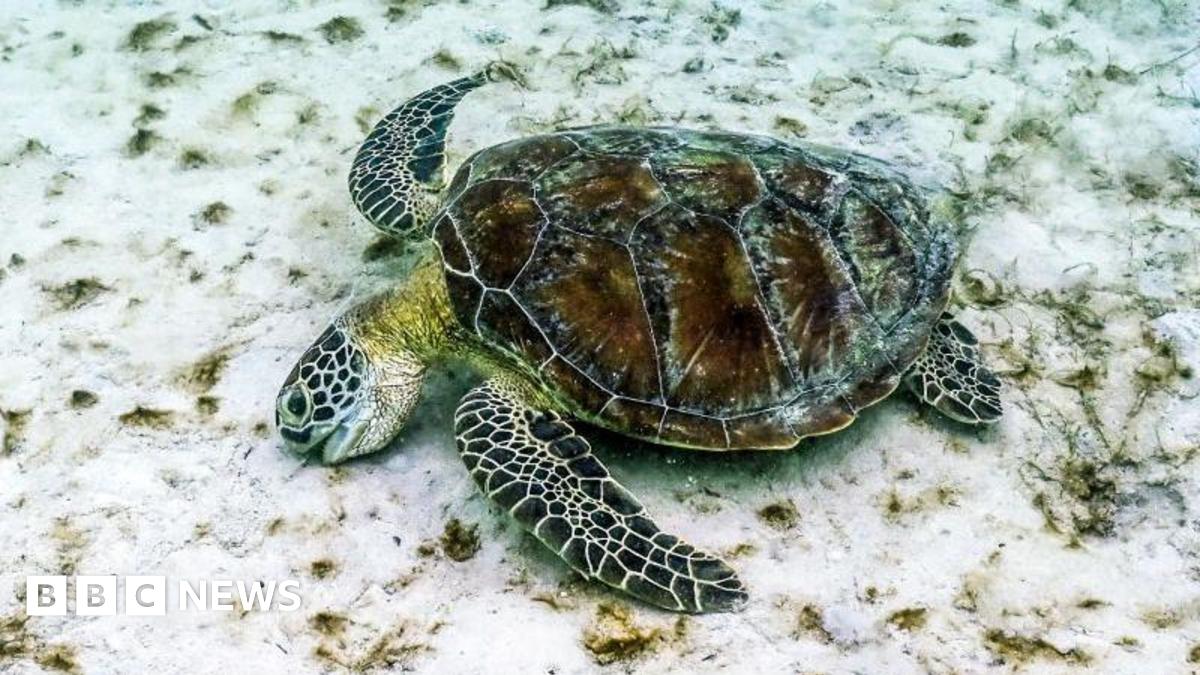Stressed coral will probably die if it experiences temperatures 1C (1.8F) above its thermal limit for two months. If waters are 2C higher, it can survive around one month.
Unusually warm tropical waters triggered widespread coral bleaching on the Great Barrier Reef in 2024 and in the first few months of 2025, the sixth such event since 2016.
As well as climate change, natural weather patterns like El Niño can also play a role in mass bleaching events.
The reef has “experienced unprecedented levels of heat stress, which caused the most spatially extensive and severe bleaching recorded to date,” the report found.
Any recovery could take years and was dependent on future coral reproduction and minimal environmental disturbance, according to the report.
In the latest AIMS survey results, the most affected coral species were the Acropora, which are susceptible to heat stress and a favoured food of the crown-of-thorns starfish.
“These corals are the fastest to grow and are the first to go,” AIMS research lead Dr Mike Emslie told ABC News.
“The Great Barrier Reef is such a beautiful, iconic place, it’s really, really worth fighting for. And if we can give it a chance, it’s shown an inherent ability to recover,” he said.
